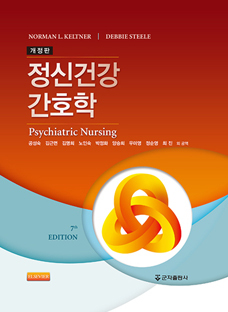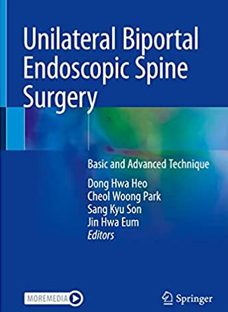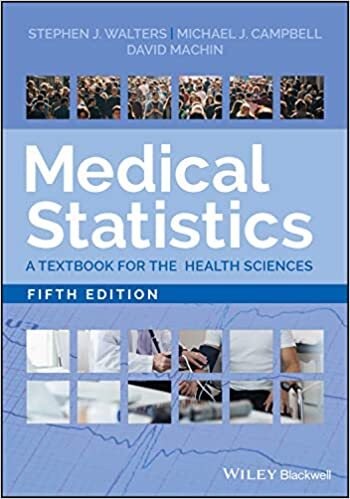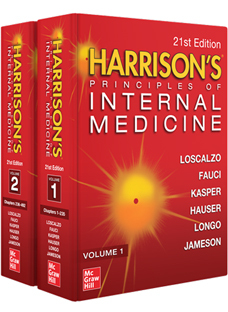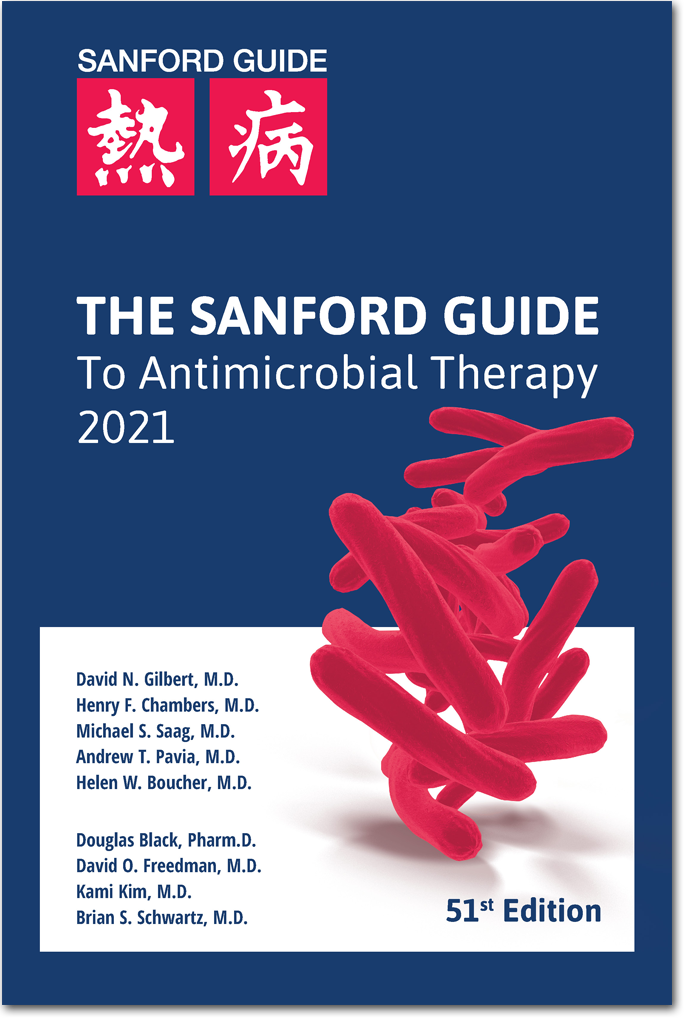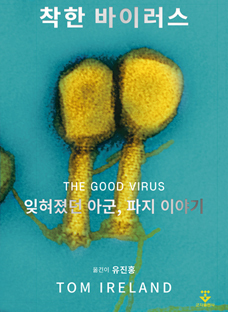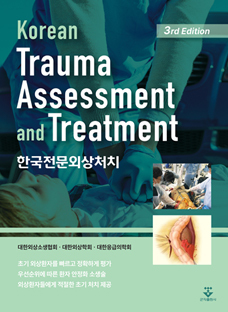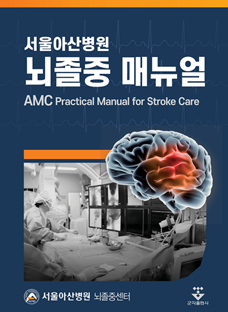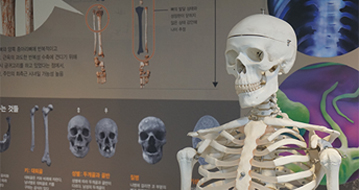Preface xi
1 Uses and Abuses of Medical Statistics 1
1.1 Introduction 2
1.2 Why Use Statistics? 2
1.3 Statistics is About Common Sense and Good Design 3
1.4 How a Statistician Can Help 5
2 Displaying and Summarising Data 9
2.1 Types of Data 10
2.2 Summarising Categorical Data 13
2.3 Displaying Categorical Data 15
2.4 Summarising Continuous Data 17
2.5 Displaying Continuous Data 24
2.6 Within-Subject Variability 28
2.7 Presentation 30
2.8 Points When Reading the Literature 31
2.9 Technical Details 32
2.10 Exercises 33
3 Summary Measures for Binary Data 37
3.1 Summarising Binary and Categorical Data 38
3.2 Points When Reading the Literature 46
3.3 Exercises 46
4 Probability and Distributions 49
4.1 Types of Probability 50
4.2 The Binomial Distribution 54
4.3 The Poisson Distribution 55
4.4 Probability for Continuous Outcomes 57
4.5 The Normal Distribution 58
4.6 Reference Ranges 63
4.7 Other Distributions 64
4.8 Points When Reading the Literature 66
4.9 Technical Section 66
4.10 Exercises 67
5 Populations, Samples, Standard Errors and Confidence Intervals 71
5.1 Populations 72
5.2 Samples 73
5.3 The Standard Error 74
5.4 The Central Limit Theorem 75
5.5 Standard Errors for Proportions and Rates 77
5.6 Standard Error of Differences 79
5.7 Confidence Intervals for an Estimate 80
5.8 Confidence Intervals for Differences 83
5.9 Points When Reading the Literature 84
5.10 Technical Details 85
5.11 Exercises 86
6 Hypothesis Testing, P-values and Statistical Inference 91
6.1 Introduction 92
6.2 The Null Hypothesis 92
6.3 The Main Steps in Hypothesis Testing 94
6.4 Using Your P-value to Make a Decision About Whether to Reject, or Not Reject, Your Null Hypothesis 96
6.5 Statistical Power 99
6.6 One-sided and Two-sided Tests 101
6.7 Confidence Intervals (CIs) 101
6.8 Large Sample Tests for Two Independent Means or Proportions 104
6.9 Issues with P-values 107
6.10 Points When Reading the Literature 108
6.11 Exercises 108
7 Comparing Two or More Groups with Continuous Data 111
7.1 Introduction 112
7.2 Comparison of Two Groups of Paired Observations – Continuous Outcomes 113
7.3 Comparison of Two Independent Groups – Continuous Outcomes 119
7.4 Comparing More than Two Groups 127
7.5 Non-Normal Distributions 130
7.6 Degrees of Freedom 131
7.7 Points When Reading the Literature 132
7.8 Technical Details 132
7.9 Exercises 140
8 Comparing Groups of Binary and Categorical Data 145
8.1 Introduction 146
8.2 Comparison of Two Independent Groups – Binary Outcomes 146
8.3 Comparing Risks 151
8.4 Comparison of Two Groups of Paired Observations – Categorical Outcomes 152
8.5 Degrees of Freedom 153
8.6 Points When Reading the Literature 154
8.7 Technical Details 154
8.8 Exercises 160
9 Correlation and Linear Regression 163
9.1 Introduction 164
9.2 Correlation 165
9.3 Linear Regression 171
9.4 Comparison of Assumptions Between Correlation and Regression 178
9.5 Multiple Regression 179
9.6 Correlation is not Causation 181
9.7 Points When Reading the Literature 182
9.8 Technical Details 182
9.9 Exercises 190
10 Logistic Regression 193
10.1 Introduction 194
10.2 Binary Outcome Variable 194
10.3 The Multiple Logistic Regression Equation 196
10.4 Conditional Logistic Regression 200
10.5 Reporting the Results of a Logistic Regression 201
10.6 Additional Points When Reading the Literature When Logistic Regression Has Been Used 202
10.7 Technical Details 202
10.8 The Wald Test 204
10.9 Evaluating the Model and its Fit: The Hosmer–Lemeshow Test 204
10.10 Assessing Predictive Efficiency (1): 2 × 2 Classification Table 205
10.11 Assessing Predictive Efficiency (2): The ROC Curve 206
10.12 Investigating Linearity 206
10.13 Exercises 207
11 Survival Analysis 211
11.1 Time to Event Data 212
11.2 Kaplan–Meier Survival Curve 214
11.3 The Logrank Test 217
11.4 The Hazard Ratio 221
11.5 Modelling Time to Event Data 223
11.6 Points When Reading Literature 226
11.7 Exercises 229
12 Reliability and Method Comparison Studies 233
12.1 Introduction 234
12.2 Repeatability 234
12.3 Agreement 237
12.4 Validity 239
12.5 Method Comparison Studies 240
12.6 Points When Reading the Literature 243
12.7 Technical Details 243
12.8 Exercises 245
13 Evaluation of Diagnostic Tests 249
13.1 Introduction 250
13.2 Diagnostic Tests 250
13.3 Prevalence, Overall Accuracy, Sensitivity, and Specificity 251
13.4 Positive and Negative Predictive Values 252
13.5 The Effect of Prevalence 253
13.6 Confidence Intervals 254
13.7 Functions of a Screening and Diagnostic Test 255
13.8 Likelihood Ratio, Pre-test Odds and Post-test Odds 256
13.9 Receiver Operating Characteristic (ROC) Curve 257
13.10 Points When Reading the Literature About a Diagnostic Test 261
13.11 Exercises 262
14 Observational Studies 265
14.1 Introduction 266
14.2 Risk and Rates 266
14.3 Taking a Random Sample 272
14.4 Questionnaire and Form Design 273
14.5 Cross-sectional Surveys 274
14.6 Non-randomised Studies 275
14.7 Cohort Studies 278
14.8 Case–Control Studies 282
14.9 Association and Causality 287
14.10 Modern Causality Methods and Big Data 287
14.11 Points When Reading the Literature 288
14.12 Technical Details 288
14.13 Exercises 290
15 The Randomised Controlled Trial 293
15.1 Introduction 294
15.2 The Protocol 294
15.3 Why Randomise? 295
15.4 Methods of Randomisation 296
15.5 Design Features 298
15.6 Design Options 303
15.7 Meta-analysis 309
15.8 Checklists for Design, Analysis and Reporting 309
15.9 CONSORT 311
15.10 Points When Reading the Literature About a Trial 311
15.11 Exercises 311
16 Sample Size Issues 313
16.1 Introduction 314
16.2 Study Size 315
16.3 Continuous Data 318
16.4 Binary Data 319
16.5 Prevalence 321
16.6 Subject Withdrawals 322
16.7 Other Aspects of Sample Size Calculations 323
16.8 Points When Reading the Literature 325
16.9 Technical Details 325
16.10 Exercises 327
17 Other Statistical Methods 331
17.1 Analysing Serial or Longitudinal Data 332
17.2 Poisson Regression 341
17.3 Missing Data 343
17.4 Bootstrap Methods 350
17.5 Points When Reading the Literature 353
17.6 Exercises 353
18 Meta-analysis 355
18.1 Introduction 356
18.2 What is a Meta-analysis? 356
18.3 Meta-analysis Methods 358
18.4 Example: Mobile Phone Based Intervention for Smoking Cessation 359
18.5 Discussion 363
18.6 Technical Details 363
18.7 Exercises 365
19 Common Mistakes and Pitfalls 369
19.1 Introduction 370
19.2 Misleading Graphs and Tables 370
19.3 Plotting Change Against Initial Value 376
19.4 Within Group Versus Between Group Analyses 380
19.5 Analysing Paired Data Ignoring the Matching 381
19.6 Unit of Analysis 382
19.7 Testing for Baseline Imbalances in an RCT 382
19.8 Repeated Measures 383
19.9 Clinical and Statistical Significance 387
19.10 Post Hoc Power Calculations 387
19.11 Predicting or Extrapolating Beyond the Observed Range of Data 388
19.12 Exploratory Data Analysis 390
19.13 Misuse of P-values 391
19.14 Points When Reading the Literature 391
Appendix: Statistical Tables 393
Solutions to Multiple-Choice Exercises 403
References 413
Index 423

